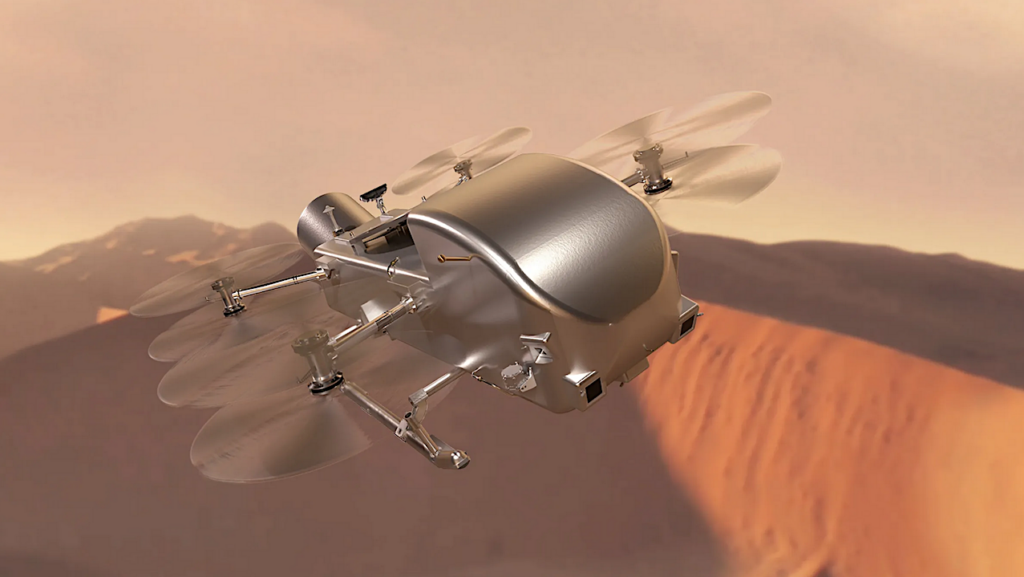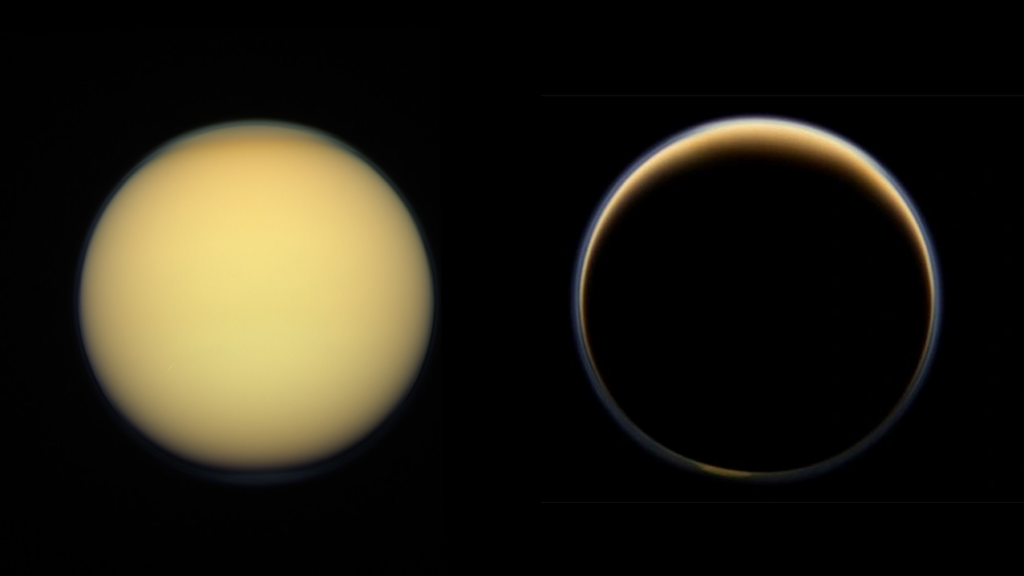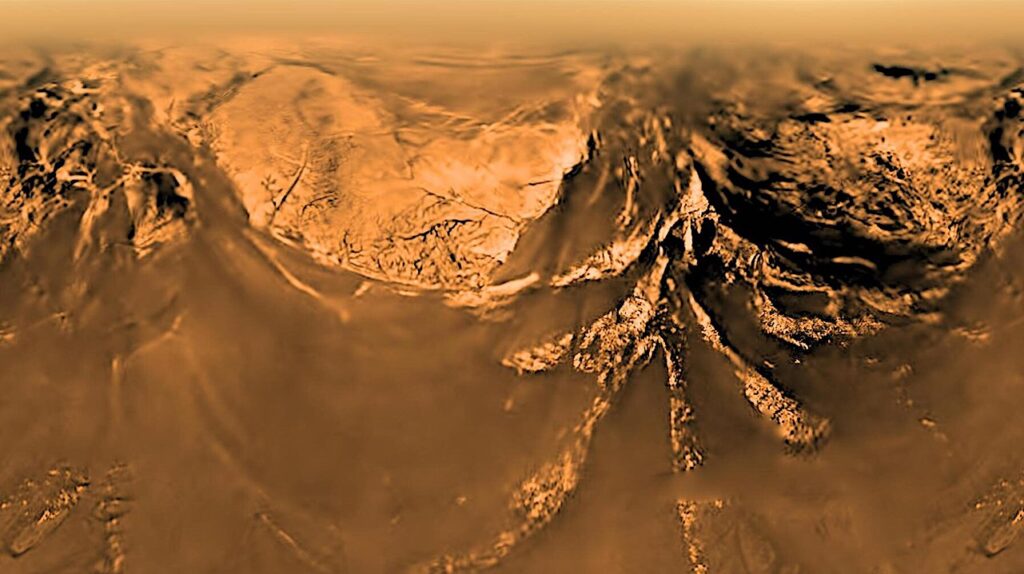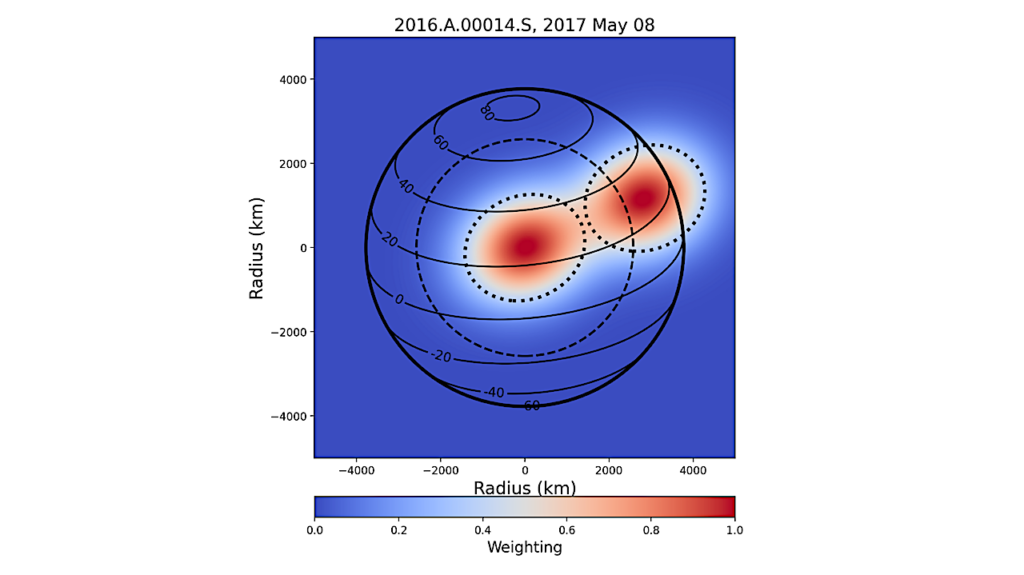Tidal Currents Detected In Kraken Mare Straits From Cassini VIMS Sun Glitter Observations

We present Cassini VIMS observations of sun glitter — wave-induced reflections from a liquid surface offset from a specular point — on Kraken Mare. Sun glitter reveals rough sea surfaces around Kraken Mare, namely the coasts and narrow straits.
The sun glitter observations indicate wave activity driven by the winds and tidal currents in Kraken Mare during northern summer. T104 Cassini VIMS observations show three sun glitter features in Bayta Fretum indicative of variegated wave fields. We cannot uniquely determine one source for the coastal Bayta waves, but we lean toward the interpretation of surface winds, because tidal currents should be too weak to generate capillary-gravity waves in Bayta Fretum. T105 and T110 observations reveal wave fields in the straits of Seldon Fretum, Lulworth Sinus, and Tunu Sinus that likely originate from the constriction of tidal currents.
Coastlines of Bermoothes and Hufaidh Insulae adjoin rough sea surfaces, suggesting a complex interplay of wind-roughened seas and localized tidal currents. Bermoothes and Hufaidh Insulae may share characteristics of either the Torres Strait off Australia or the Aland region of Finland, summarized as an island-dense strait with shallow bathymetry that hosts complex surface circulation patterns. Hufaidh Insulae could host seafloor bedforms formed by tidal currents with an abundant sediment supply, similar to the Torres Strait.
The coastlines of Hufaidh and Bermoothes Insulae likely host ria or flooded coastal inlets, suggesting the Insulae may be local peaks of primordial crust isolated by an episode of sea-level rise or tectonic uplift.
Michael F. Heslar, Jason W. Barnes, Jason M. Soderblom, Benoit Seignovert, Rajani D. Dhingra, Christophe Sotin
Comments: Accepted to the Planetary Science Journal, 25 pages, 13 figures
Subjects: Earth and Planetary Astrophysics (astro-ph.EP)
Cite as: arXiv:2007.00804 [astro-ph.EP] (or arXiv:2007.00804v1 [astro-ph.EP] for this version)
Submission history
From: Michael Heslar
[v1] Wed, 1 Jul 2020 23:01:57 UTC (2,118 KB)
https://arxiv.org/abs/2007.00804
Astrobiology








